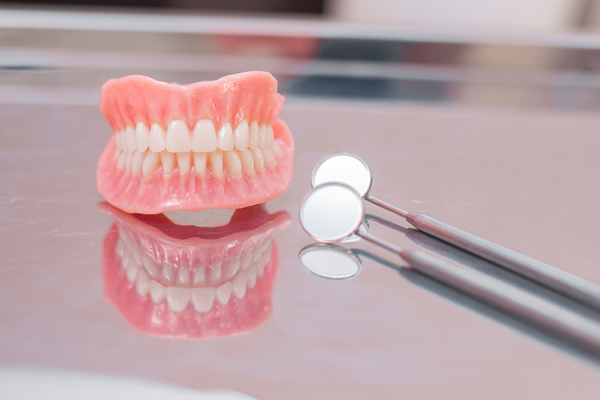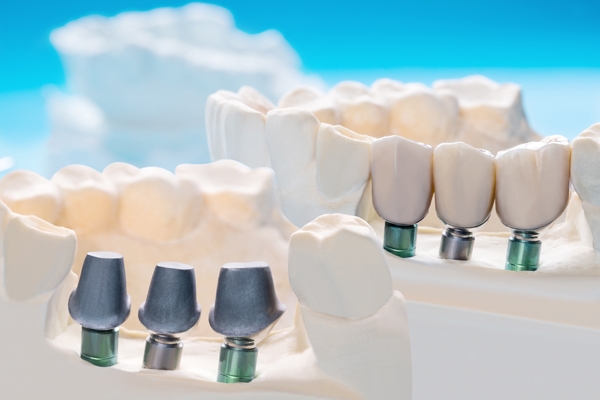3 Signs Dental Bonding Would Benefit You

Dental bonding is a common cosmetic dentistry procedure for repairing the teeth and restoring their appearance. The process involves the use of composite resin to repair or reshape the tooth. Composite resin is used because it bonds quickly with the tooth enamel. It is highly malleable, allowing the dentist to adjust it as necessary before exposing it to a curing light that hardens it to make it strong and durable. The composite resin material can be customized to match the tooth color, which makes it a preferred tooth restoration method.
When is dental bonding advisable?
For those who are not sure of how dental bonding can benefit them, here are typical applications of bonding:
Physical damages to the teeth
Damages such as chipping and fracture may occur due to a hard fall, a cycling accident, or even an auto crash. Fractures could also happen from chewing on hard objects, grinding the teeth, or injuries from playing contact sports. A chipped or cracked tooth impairs the appearance of the tooth and adversely affects dental health as well. A broken tooth is less functional and at the risk of further damages. Fortunately, dental bonding can help to mask the cracks, build up the tooth, and improve the smile.
Tooth discoloration
In some cases, professional teeth whitening is not always effective for certain types of tooth stains or discoloration. It also may not be suitable for people dealing with tooth sensitivity. In this case, dental bonding may be used to alter the tooth’s color.
Uneven spaces between teeth
Gaps between the teeth could make the teeth look misaligned, asymmetrical, or misshapen. The dentist can use bonding material to close gaps between the teeth or reduce the spaces. They can also use it to correct a tooth that is disproportionate or out of alignment. The composite material will be applied to the tooth after reshaping it to make it align with the remaining teeth.
What to expect during a dental bonding treatment
The procedures involved in dental bonding include:
Tooth preparation
Minor preparation is required for bonding. The dentist may not need to use anesthesia unless the tooth has a hole. A shade guide will help the dental expert decide the color of the composite resin so that it matches the tooth’s color closely.
The bonding process
The dentist will roughen the surface of the tooth and apply a conditioning liquid. This will make the bonding material stick with the tooth. The tooth-colored composite will then be applied, molded, and shaped as desired. An ultraviolet light or laser will be used to harden the composite. After that, the dentist will trim, shape, and polish the material until it matches the sheen of the remaining teeth. The entire process usually takes between 30 minutes to one hour per tooth.
Final note
Dental bonding is a practical and affordable cosmetic dental procedure. It can help to mask aesthetic impairments on a tooth and can be applied to several teeth to improve their appearance. Patients often choose dental bonding over other cosmetic options such as veneers because removing the enamel is not necessary, and there is little or no risk involved. If you have any of the issues listed above, you should consider booking an appointment with the dentist for a dental bonding procedure.
Request an appointment here: https://www.schommerdental.com or call Schommer Dental at (563) 272-2331 for an appointment in our Davenport office.
Check out what others are saying about our services on Yelp: Read our Yelp reviews.
Recent Posts
Are you looking for more information about denture adhesives? When you need to wear dentures so you can achieve good oral health, it is important to understand everything there is to know about dentures, including proper denture care. Denture care also includes potentially wearing denture adhesives.According to the Food and Drug Administration, in most cases,…
An implant dentist uses artificial tooth roots to anchor a restoration for a lost tooth or teeth. By replacing the lost tooth roots, dental implants provide you the strength and stability needed to chew food and perform other oral functions. Also, they help to stimulate and preserve jawbone structure, stopping bone loss, and maintaining facial…
Individuals that have recently been diagnosed with sleep apnea may be considering all of the different options for treatment in order to get a restful night of sleep. While one may feel like a cumbersome sleep machine, such as a bi-PAP or CPAP, is the only option, there may be some less invasive options that…
There are many options that you can consider when looking at partial dentures. They can come in several different materials and varieties. Let’s take a look at each one, taking both the pros and the cons into account.Acrylic dentures are probably the most commonly used variety. There are several benefits to them. First, they can…


